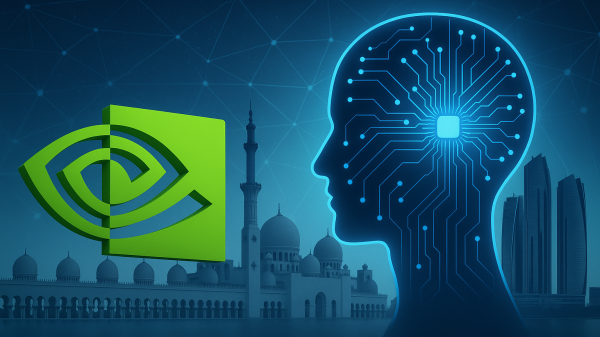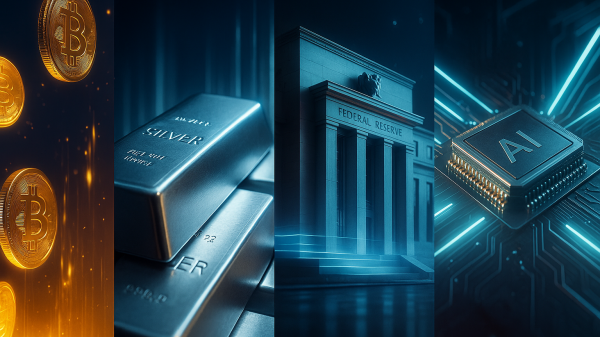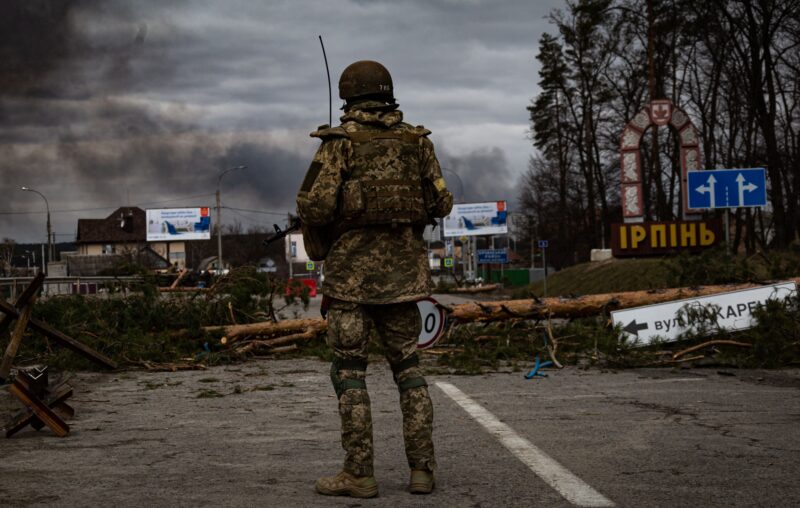More than two years after Russia invaded Ukraine in February 2022, the war drags on with no apparent end in sight. Ukraine has recaptured 54 percent of the territory initially seized by Russia, but further offensives to push Russia out of Ukraine have stalled. Russia continues to control 18 percent of Ukraine, and recently opened a new northeastern front in the war around the Ukrainian city of Kharkiv. The Russian blockade of Ukraine continues, as does the periodic bombardment of Ukrainian cities, power infrastructure, and civilian targets. Entrenched Ukrainian forces continue to hold the line in the east while also attacking Russian forces and infrastructure with drones and missiles. Though the West has pledged $278 billion to aid Ukraine ($175 billion from the United States, with $107 billion in direct aid sent to Ukraine), there is now considerable “donor fatigue,” especially in the face of a distinct lack of success and no clear strategy for how Ukraine can secure a victory.
In short, the Ukraine war has become a frozen conflict, a war that drags on for years (or decades, in some cases), with no political resolution to the crisis. There are few prospects for substantive success for either side any time soon, with Ukrainian civilians paying the steepest price. There is no plausible scenario for a total Russian defeat, in which Ukraine expels all Russian forces out of its territory, certainly not without Russia escalating to nuclear use. The kind of total victory that Ukrainian (and some American chickenhawk) rhetoric seems to require is simply implausible. Just as implausible is a total Ukrainian defeat; the poor performance and the steady losses of the Russian military, along with the unexpectedly effective resistance by Ukrainians, enabled by Western weapons and munitions transfers, means that Ukraine will almost certainly not be swallowed up by Russia. So if the war will not end with Ukrainian total victory and Russian total defeat (or vice versa), what is likely to happen?
A frozen conflict with no ceasefire would be one of the worst outcomes for Ukraine. Permanent semi-war would mean an entire society remains uprooted, with continuous loss of life, constant threat of physical destruction and attacks on infrastructure, an inability to resume the normal economic and social functions of daily life, and an unresolved territorial conflict with a larger, aggressive neighbor. Unless Ukraine and Russia decide to seek peace, or at least a ceasefire, this is also the likeliest scenario.
But all wars end, and this one will too — eventually, one way or another. It is long past time to consider what the end of this war might look like.
Some kind of ceasefire will likely emerge. This will require both sides — and the United States, which seems to currently prefer a war of attrition continue to a ceasefire — to want to seek peace, or at least a respite from the war. A more-or-less permanent ceasefire seems likeliest to emerge after public support for continuing the war collapses, or once it becomes apparent that one or both sides can no longer conscript enough new recruits to continue the war effort at the current level of intensity. Such a ceasefire would need a mediator to initiate; Turkey has been proposed as one possibility.
Former German Chancellor Gerhard Schroeder has claimed that Ukraine initially used him as an intermediary to seek a ceasefire with Russia, but he was forbidden from continuing to negotiate by the United States. Schroeder has stated that the Ukrainian peace plan included a renunciation of NATO membership, the installation of two national languages (Ukrainian and Russian), autonomy for the Donbas region, security guarantees for the sovereignty of Ukraine, and ongoing negotiations on the status of Crimea (seized by Russia in 2014).
Regardless of Schroeder’s claim, this is a reasonable starting point for a peace plan. This would require tremendous political sacrifices on the part of Ukraine, which at least publicly continues to make maximalist demands against Russia. To be clear, Russia has also adopted a maximalist position that would require Ukraine to cede the eastern oblasts (territories) of Donetsk, Luhansk, Kherson and Zaporizhzhia and agree to not join NATO. It is difficult to conceive of an end to fighting and a resolution of the war without Russia achieving some of its aims, primarily a promise that Ukraine will not join NATO and that the Donbas region become either an autonomous zone or part of Russia. Such a ceasefire arrangement sets the stage for peace but would be insufficient for long-term peace and stability.
A stable peace could emerge in several ways, with multiple historical case studies as potential models for what peace could look like.
South Korea after the Korean War is one such model. The Korean War began in 1951 and technically remains in progress — the very definition of a frozen conflict — since the parties involved in the war signed an armistice and not a peace treaty in 1953. The armistice established the Demilitarized Zone (DMZ), which also remains in place. While this arrangement has prevented the outbreak of major war between North and South Korea since 1953, it has not led to a cessation of tensions. Both sides maintain large militaries — and the United States retains almost 30,000 personnel in South Korea — and there have been numerous violent clashes and provocations over the decades. South Korea alleges that the North has committed more than 220 violations of the armistice agreement, though there have been no new deaths on the DMZ since 2010 and casualties have fallen precipitously since the 1970s. This model could be applied to Ukraine, with an armistice rather than a peace treaty and a formal or de facto division of territory. What we are describing is a frozen conflict that has gotten hot on several occasions, with many subversion attempts by North Korea, repeated military incursions by special forces infiltrators and naval forces, and a heavily-mined DMZ to physically separate the two Koreas’ militaries, which remain on constant watch. This would not be an ideal scenario for Ukraine, though it is an improvement on the status quo.
Post-WWII Austria and Finland offer two additional models for a postwar Ukraine. The United States and the Soviet Union debated and strategized the fate of these two countries after the war. Would Austria become a divided nation, as with Germany, with NATO occupying part of Austria and the Soviets the other, with Vienna divided along the same lines as with Berlin? Ultimately, once NATO membership for Austria was taken off the table and a Swiss model of neutrality for Austria was adopted at Soviet insistence, the question became moot. Soviet security concerns were allayed, and Austria remained neutral during the Cold War (it is still not a member of NATO). The country was not divided, nor occupied permanently by either side.
Likewise, there are many parallels between modern Ukraine and Finland after the Second World War: it, too, had an extensive border with the USSR and a distributed population, and it likewise fought a savage war with the USSR in 1939-40 resulting in significant casualties for the Soviets. Finland was forced to cede about 10 percent of its territory along the border with the Soviet Union, but was otherwise allowed to retain its sovereignty and was not occupied by Soviet troops, unlike the rest of Eastern Europe. Throughout the Cold War, Finland maintained a policy of what the West German media pejoratively called “Finlandization,” in which Finland’s foreign policy was subordinated to that of the Soviet Union. Finland did not publicly oppose Soviet foreign policy, it did not seek alliances with the United States or NATO, and it mostly stayed out of questions of foreign policy altogether during the Cold War, a not-inappropriate policy for a small country on the periphery of a larger one that had few to no inherent foreign policy interests of its own.
The Austrian and Finnish examples are more positive and comfortable models for a future Ukraine than that of South Korea.
The United States and NATO cannot force Ukraine to seek peace — only Ukraine can do that — but they can induce significant pressure on Ukraine because without external aid, Ukraine’s ability to continue the grinding war of attrition it is currently undergoing relies on that aid. The United States should insist that NATO membership for Ukraine is off the table; joining NATO is certainly in Ukraine’s best interest, but it is not in the United States’ or NATO’s interest.
This will be an easy concession to make in peace negotiations with Russia. It goes without saying that the United States should cease sending additional military aid to Ukraine. If the European allies want to — they can certainly afford to — then they are welcome to do so. But the United States should begin working with Ukraine to help it determine what its political future will be. Having Ukraine become a new Cold War-era Austria or Finland is probably the best outcome for a tragic situation.
























